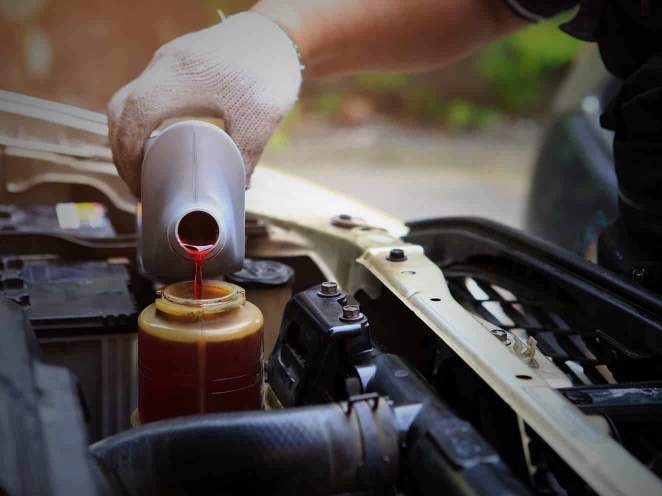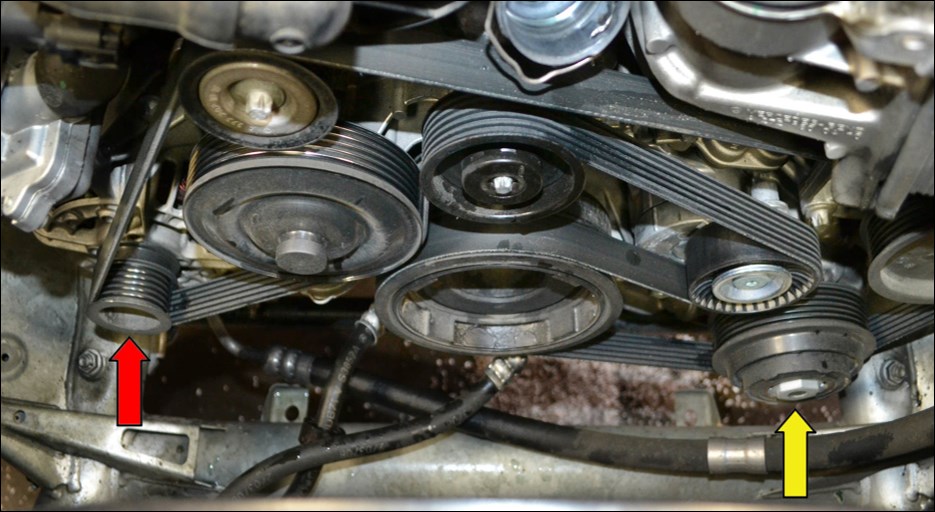Your power steering is much more important than many drivers today realize. When it was first introduced, it was clear what a difference it made. People could regulate how much effort they needed for big maneuvers. They could also calibrate their reactions more accurately for subtle maneuvers.
Power steering is critical to the safety of driving a car today. The interplay between power steering capability and today’s automated driver systems has made the steering function even more essential. If something goes wrong with the steering, it is going to affect many different systems.
Rules for Better Power Steering
There are seven main rules for better power steering that every driver should follow. Some are inexpensive ways to protect your system. Others represent vital maintenance or repairs. Here’s a checklist to keep your car on the road and out of the ditch.
Avoid Rough Roads

Even the hardiest vehicles can get damaged on rough roads. If your car constantly encounters bad roads, you should be alert to power steering damage. The steering is related to the suspension. The rough roads are stressing all of the individual parts that link these two together. Your power steering is more likely to suffer a belt break or a pump malfunction. Simply avoiding these conditions, if possible, can protect your power steering. If you can’t avoid bad roads, have your power steering checked more often.
Check Your Power Steering Fluid

The level of power steering fluid is just as important as having the right level of engine oil. If there’s too much, it can destroy the seals that are there as a safeguard on the system. It can damage the valves which are calibrated for a lower level of fluid. Too little fluid will cause the system to stop working. It won’t have the lubrication it needs, and the power steering won’t function.
Change Your Fluid for Purity

Your manufacturer’s ownership manual can tell you how often the power steering fluid should be drained and replaced. This is done because fluids take on impurities. This floating dust and debris eventually builds up. Once it does, the fluid cannot lubricate the system. Ignoring this can lead to complete power steering failure.
Check Your Belts

You can get to know what your power steering belt should look like. You can keep an eye on it, watching for stretching. Preferably you’d catch it before the belt frays or corrodes. Scheduled maintenance at your service center can replace the belt and spare you the problems that come if that belt is allowed to break during operation.
Don’t Drive Like a Racecar Driver

Your pump is made to handle normal turns and curves. If you make a practice of turning the wheel further than needed, you may be stressing your pump. Racecar drivers may need to go very far to the left or right to achieve the desired result. The average driver shouldn’t be wrenching the wheel so far away from the center.
Listen for Power Steering Pump Failure

Your power steering system may start telling you to get help long before it gives out on you. If it is tough to turn, that’s a symptom. If it’s whining as you turn the steering wheel, that’s another symptom. The goal is to recognize and address pump damage before it becomes a completely failed system.
Don’t Ignore a Power Steering Light

This seems like a no-brainer. Unfortunately many car repairs are much more complicated and expensive when a driver ignores a warning light. Your power steering failure could become a safety issue. It’s definitely worth it to have the system checked as soon as you see the tell-tale light.
Whether it’s your daily commute or a long distance trip, keep yourself safer with these power steering tips. You’ll save yourself a lot of hassle and perhaps prevent an accident.



